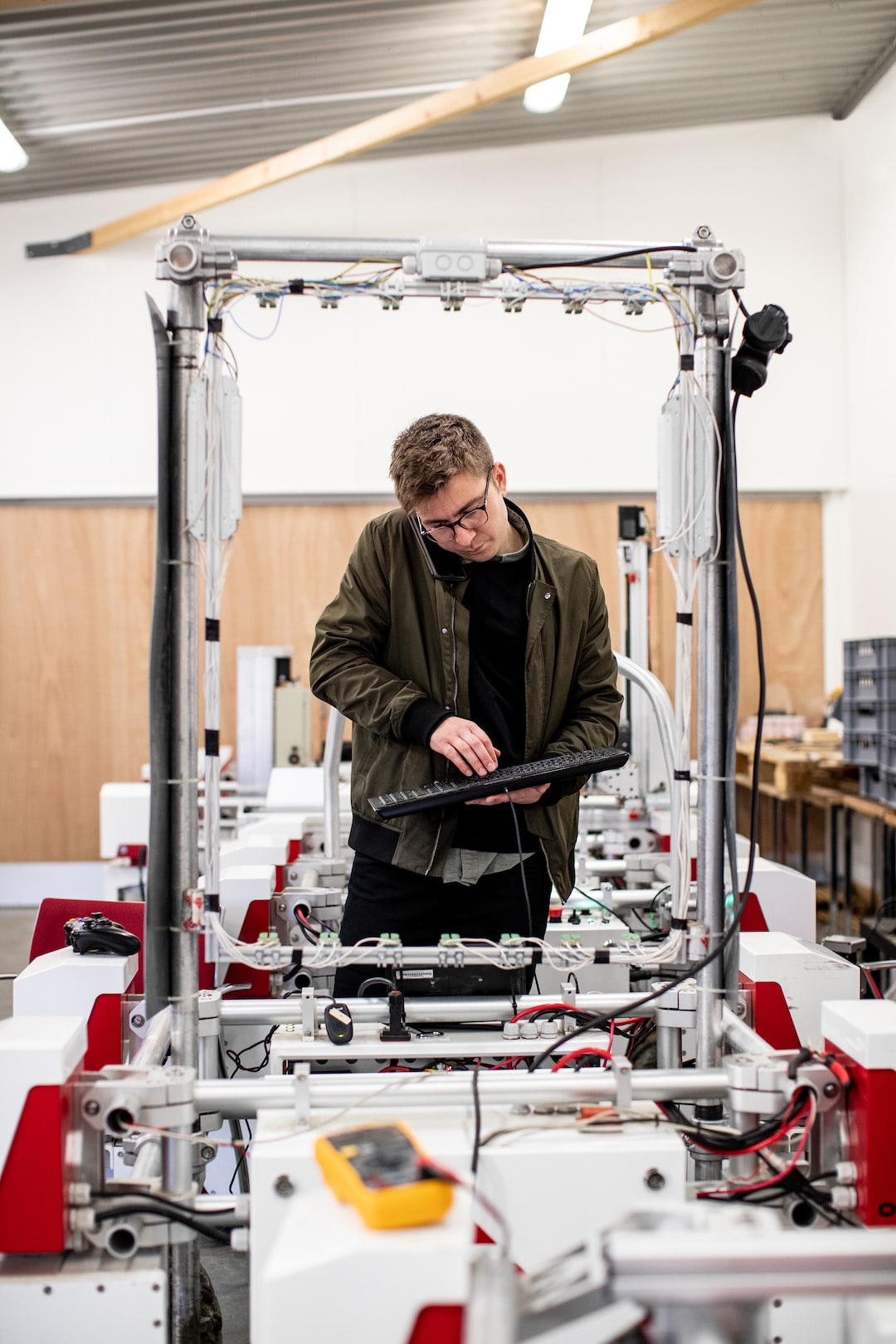Engineering for a Sustainable Future: Balancing Economic Growth and Environmental Preservation
In today’s rapidly evolving world, where economic growth often takes precedence, the role of engineers in creating a sustainable future is more crucial than ever. Engineers have the power to develop innovative solutions that not only drive economic progress but also protect our environment. Balancing economic growth and environmental preservation is not an easy task, but through sustainable engineering practices, we can strive towards a harmonious coexistence of both.
One fundamental aspect of sustainable engineering is the efficient use of resources. Engineers play a vital role in designing systems and processes that minimize waste and maximize resource utilization. By implementing technologies like renewable energy systems, energy-efficient buildings, and sustainable transportation systems, engineers can help reduce our carbon footprint and preserve our environment. Moreover, optimizing manufacturing processes and encouraging the use of recycled materials can significantly contribute to sustainable development while ensuring economic growth.
Another key aspect of sustainable engineering is the adoption of a lifecycle approach. Engineers consider the environmental impact of a product or process throughout its entire life cycle – from raw material extraction to end-of-life disposal. By analyzing the environmental implications at each stage, engineers can identify opportunities for improvement and develop strategies for waste reduction. This holistic approach leads to the design of more sustainable products and processes that not only enhance economic growth but also minimize the negative impact on the environment.
Furthermore, sustainable engineering calls for the integration of environmental considerations into the decision-making process. Engineers need to evaluate not only the economic feasibility but also the environmental impact of their projects. They must address potential risks, such as pollution, habitat destruction, or resource depletion, and propose alternative solutions that mitigate these adverse effects. By incorporating environmental factors into their design choices, engineers can contribute to a sustainable future where economic growth and environmental preservation go hand in hand.
Education and research also hold immense importance in achieving a sustainable future. Engineering curricula should incorporate courses on sustainable practices and technologies, equipping future engineers with the necessary tools and knowledge to address environmental challenges. Research institutions should prioritize sustainability-focused research, encouraging engineers to explore innovative solutions for a greener future. Collaboration between industry and academia can further accelerate the development and implementation of sustainable engineering solutions.
Ultimately, achieving a balance between economic growth and environmental preservation requires a collective effort from governments, industries, and individuals. While engineers play a critical role in designing and implementing sustainable solutions, it is equally important for policymakers to create favorable regulatory frameworks that incentivize sustainable practices. Individuals can contribute by adopting more sustainable lifestyles – reducing energy consumption, recycling, and supporting sustainable businesses.
Engineering for a sustainable future is not a choice but a necessity. By embracing sustainable engineering practices, we can pave the way for economic growth without compromising the health of our planet. It is through a collective effort that we can achieve a harmonious coexistence of economic development and environmental preservation, ensuring a brighter, more sustainable future for generations to come.

